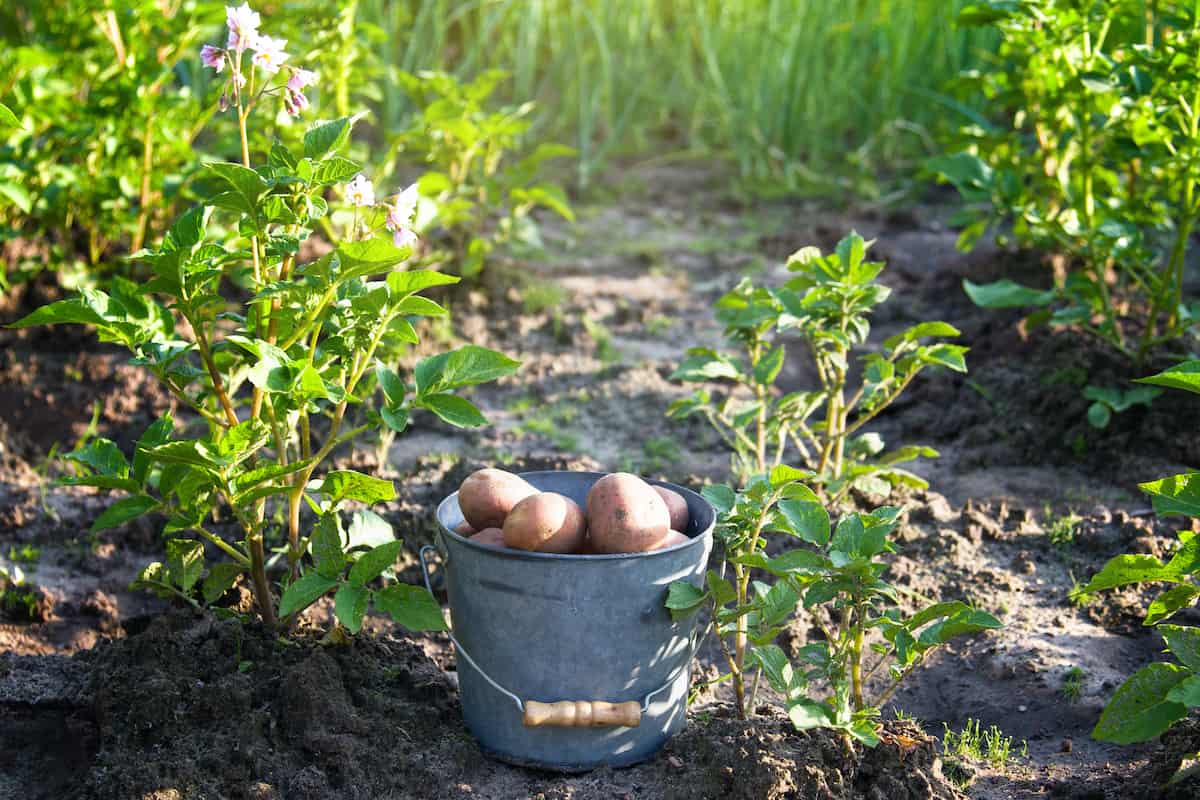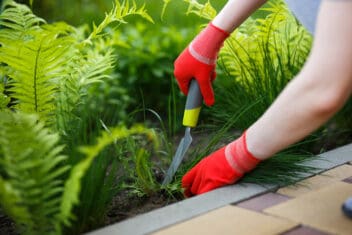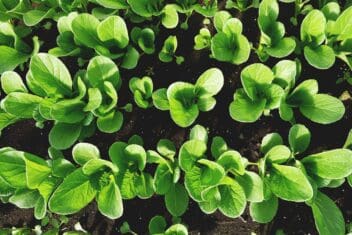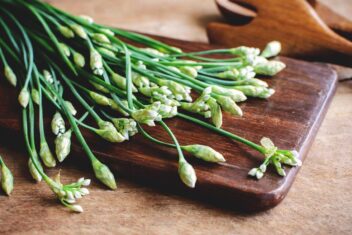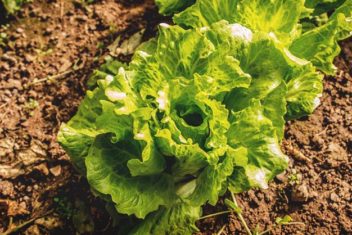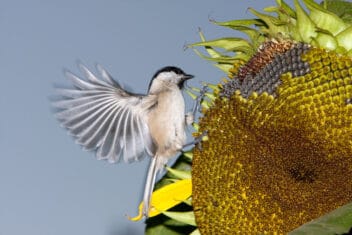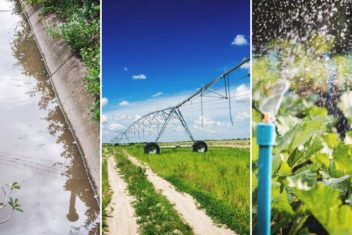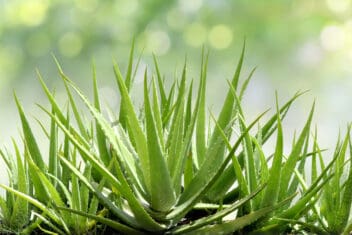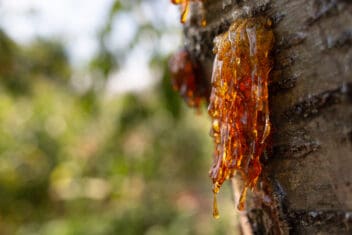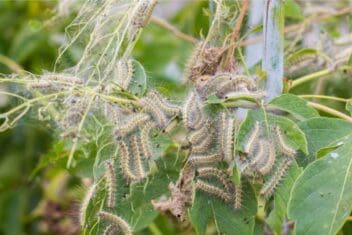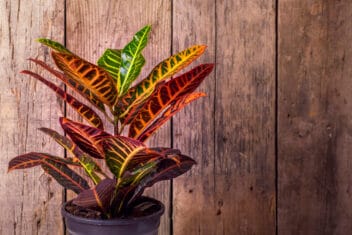When it comes to growing your own food, it helps to garden in harmony with nature. Why? It’s not only better for the environment, but foods raised without pesticides or other chemicals are likely better for your overall health.
While it may seem overwhelming at first, it’s not difficult to adopt natural practices in the garden. The trick is to take it in stages. Some techniques can be implemented quickly, while others take more time.
Let’s have a look at 9 things you can do to garden in harmony with nature.
Anyone Can Garden In Harmony With Nature
Growing edibles to feed the family has rapidly gained popularity in recent years, especially since many store-bought foods contain synthetic chemicals and preservatives.
It makes sense to want to grow edibles close to how they would grow in nature, simply because it’s better for the environment. Fertilizers can wreak havoc on the natural environment and can even harm or kill local fish and birds.
There’s also evidence that pesticides may increase the risk of dementia, ADHD, autism, and cancer.
As you get confident with natural practices, you’ll be able to look for more ways to garden in harmony with nature with fewer chemicals and in line with nature’s seasonal flow. Here are a few steps to get you started.
1. Soil Fertility
Keeping your soil fertile is one of the most important steps in natural gardening. Crops take a lot of nutrients from the garden and you must replenish them to keep soil fertile, plants healthy, and diseases and pests at bay.
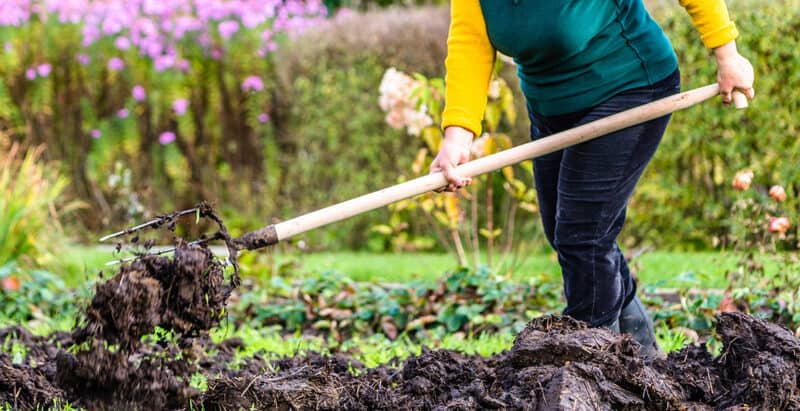
No need for synthetic fertilizers, however. You can do feed your soil with completely natural methods.
- Add organic matter like manure: This provides the soil with many of the nutrients plants require like nitrogen and carbon. It also helps to keep the soil loose and well-composted. Horse, cow, sheep, goat, and chicken manure can be used as a mulch to slowly release nutrients over time. Manure must be aged and composted, rather than added straight into the garden.
- Compost is the lifeblood of the garden: Rather than buying fertilizers and soil feeds from the store, use your food scraps, manure, and garden waste to nourish the soil.
- Cover crops are a good idea: Cover crops are a natural way to replenish the soil and keep weeds at bay. Plant mustard or blue lupin seeds in fall to grow over winter. There are also crops you can use in the spring and summer to bolster your soil’s health.
- Mulch your garden: This is the best way to retain moisture, release nutrients slowly, and protect the plants from weather extremes. Experiment with natural materials like hay or straw, leaves, moss, composted manure, newspaper, pine needles, or finely crushed bark.
2. Save Your Seeds
Ten years ago I bought a few packets of heirloom tomato seeds and have never bought tomato seeds again. Each year I take a good quality tomato of each variety and save the seeds for the following year.
I do this with most of the vegetables we grow, and you can too. Reusing what your plant offers is part of gardening in harmony with nature. Just keep in mind that starting some seeds is more complicated than others, so start with saving easy ones like:
- Tomato
- Pumpkin and squash
- Peas
- Beans
- Cucumbers
- Melons
- Herbs
3. Plant (and Eat) With the Seasons
Have you ever bought tomatoes grown in winter and wondered where the flavor was? This is because they were grown out of season in an artificial environment.
Growing in season provides for higher yields, better taste, and a healthier garden. Planting out of season, or trying to extend the growing season too long, makes plants struggle to thrive.
Weak plants are susceptible to disease and pests, and these can spread throughout a stressed garden.
- Be aware of what grows well in your zone and when.
- Learn to can and preserve so you get to eat your favorites throughout the year.
- Swap with neighbors or friends to ensure a diverse range in your kitchen.
- Don’t be afraid to extend your season with natural techniques like cold frames, shade cloth, or greenhouses. You can even grow some plants indoors.
- Enjoy the changing seasons and the challenge of growing in each one.
4. Natural Pest Control
Pests are some of the biggest challenges gardeners will face, so it’s no wonder that many people turn to chemical pesticides to help them win the battle.
But you can control pests without all the chemicals. It just might take a little more work.
Often the insecticides used to kill invasive pests kills all insects, including the beneficial ones. The last thing we want to do is kill ladybugs, bees, or parasitic wasps. These and many other insects are beneficial because they feed on many of the pests we spray for.
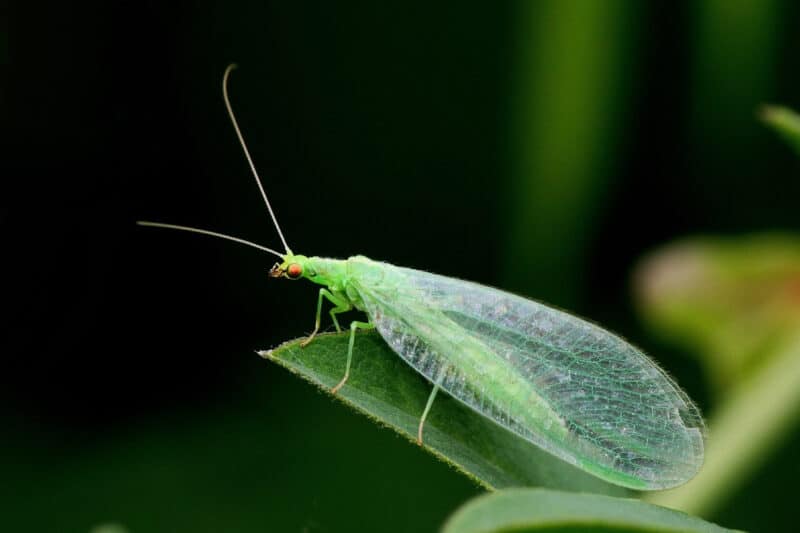
Building up the numbers of beneficial insects will take time if you’ve been spraying insecticides, but it well worth the time and effort. Encourage insects like ladybugs, lacewings, hoverflies, and parasitic wasps by planting the flowers and plants they love. Try cosmos, dill, yarrow, caraway, fennel, lemon balm, and parsley.
You can also use companion planting techniques to keep bugs at bay.
5. Encourage Birds to Visit
Often seen as pests, birds are a wonderful natural resource to attract into the garden for pest control, weed suppression, and pollination. They’re an essential element of gardening in harmony with nature.
Ideal birds to attract are wrens, towhees, and warblers. These three birds will eat those pesky aphids that seem to appear on just about every plant. A few birds will decimate pest insect populations.
Sparrows and finches are voracious seed eaters. They will eat an abundance of weed seeds, preventing the germination that would otherwise have occurred.
Hummingbirds are great pollinators, so if you live in an area where they visit, plant colorful native flowers with tube-shaped blossoms to attract them. Consider daylilies, bee balms, lupines, foxglove, or hollyhocks.
Hummingbirds don’t do a lot for your vegetable garden, but they service your flowers and trees in a natural way.
6. Introduce Bees
The year I introduced two beehives to my orchard and garden area, I tripled my harvest. I couldn’t believe the number of blossoms on my fruit trees. You don’t have to get your own beehives though. Plant plenty of flowers and herbs that bees love.
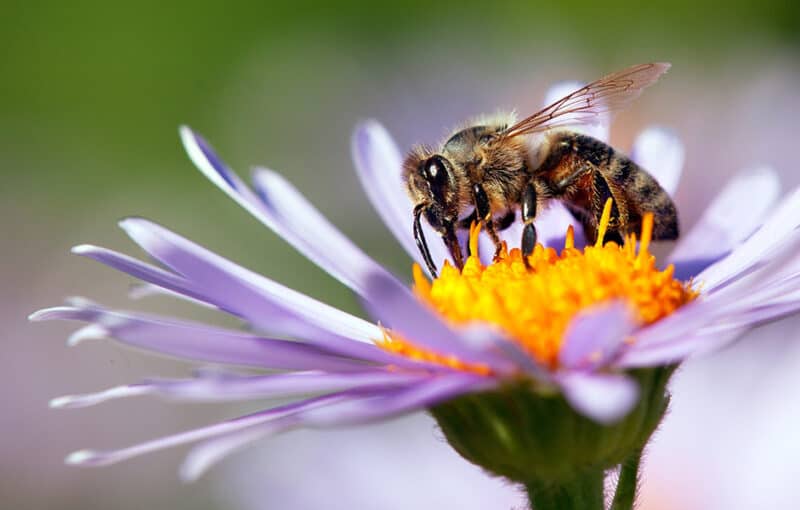
Bees are attracted to most flowers and so herbs, vegetables, and fruit all benefit from them. I find tansy and borage planted around the outside of a food garden to be effective at bringing the bees in.
Honey bees are fantastic, but bumblebees are amazing pollinators. Eliminate the chemicals and leave a part of your garden rough and wild to see if the bumblebee will move in.
7. Utilize What Nature Provides
There are plenty of ways to use nature in the garden and you’re only limited by your imagination. Here are a few ideas to get you started:
- Use fallen leaves for mulch or to make leaf mold.
- Collect pine needles as mulch or to surround plants to deter slugs and snails.
- Grow plants like comfrey that can be made into a fertilizer tea or as a starter in compost.
- Use plants as windbreaks for smaller, weaker plants.
- Collect rainwater in barrels to use in the garden. Collect in rainy times for use when water is scarce.
8. Use Your Other Animals
While you may not keep chickens, goats, or pigs around to benefit your garden, there’s no reason they can’t help.
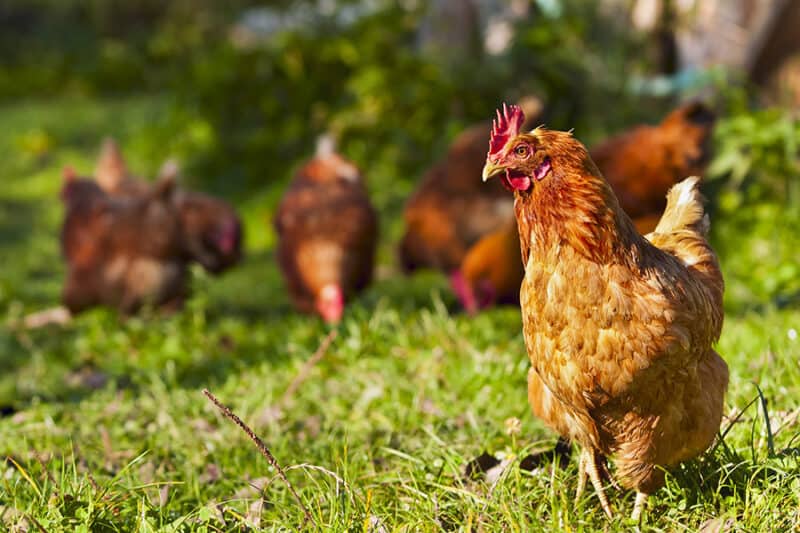
- Chickens: Chickens can clear gardens of weeds in-between seasons. They pull the weeds, eat the seeds, and till the soil. At the same time, they drop their waste into the garden. Just ensure you dig it in well and don’t plant there for a couple of months while the droppings mature.
- Worms: If you follow the steps in this article, you’ll create an environment that worms love. Avoid chemicals and pesticides, apply manure and plenty of organic matter and let nature’s plows get to work.
- Goats: Goats can help mow lawns and clear out weedy areas.
- Pigs: Swines get a bad rap in the garden, but they can be useful. Allow them to shuffle, dig, and poop in a garden bed in order to prep it for planting. Make sure to work in the manure.
9. Plant a Food Forest
Growing in a sustainable way like a food forest is as natural as you can get. Using layers of plants in a forest-like environment provides plants the ability to grow without chemicals or much input from you at all once the groundwork has been done.
Food forests grow and change with the seasons and attract birds and insects to balance the system.
Ease Into the Process
Choosing to garden in harmony with nature doesn’t need to be hard work. In fact, over time it should require less work as all the systems align.
You don’t need to implement the whole system all at once. Try a few steps at a time. Reduce chemicals with a goal of eliminating them. Plant the flowers that attract the insects you need.
As each step succeeds, move to the next one you feel like doing. Over time you will move to a gardening system in harmony with nature.
